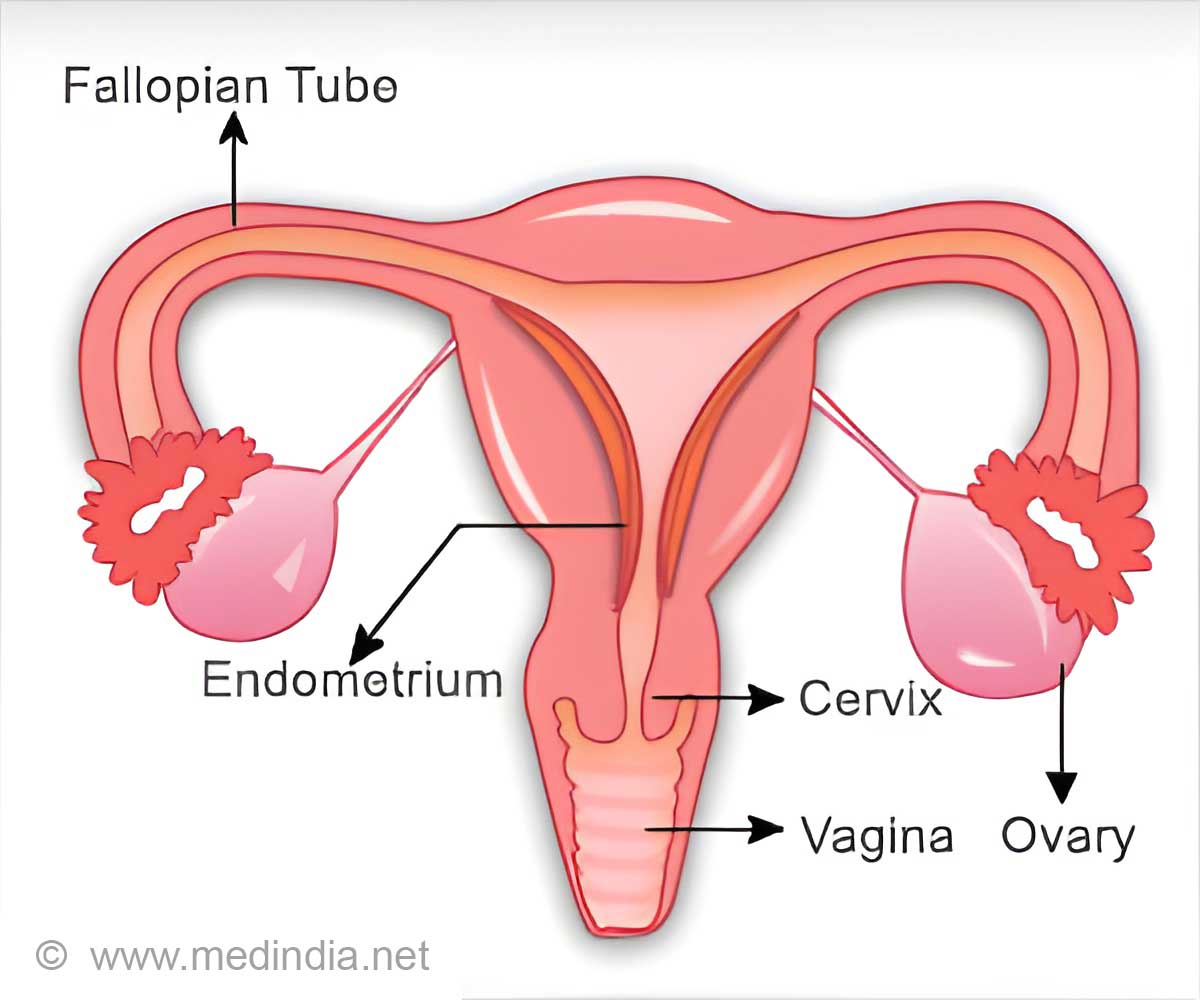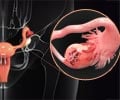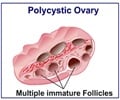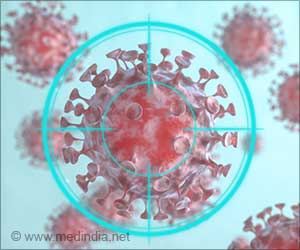
Ovarian cancer is a disease which is perceived to rarely produce symptoms until the disease has spread to other organs of the body, allowing the disease to reach an advanced stage before it is caught. Some evidence suggests patient-reported symptoms may help detect the cancer early on, and in fact, the Goff index, which uses questionnaire data, has been reported to be effective in identifying women who are at a low to moderate risk of ovarian cancer. However, symptom assessment may greatly influence index performance.
To determine the effectiveness of the symptom indices, Anita Wey Wey Lim of the Centre for Cancer Prevention, Wolfson Institute of Preventive Medicine, at Queen Mary University of London and associates looked at data from 194 women who had recently been diagnosed with ovarian cancer and 268 control subjects who underwent ovarian cancer screenings. The symptom data was assessed through questionnaires, telephone interviews, and general practitioner notes. The sensitivity of the symptoms reported within a few months of the diagnosis was also determined by comparing two 12 month periods (0-11 and 3-14 months before diagnosis).
The researchers found that the results were similar to those found in previous reports on the Goff index and that the sensitivity of the symptoms were stronger in late- vs early-stage disease. The assessment also shows that there is only a slight variation in the symptoms reported by women with early- vs late-stage disease.
The authors note that a strong point in the study comes from a comparison of multiple data sources, which had never been done before. Even so, they write that, "The small differences between the three indices indicate that there is little to gain from deriving new symptom indices." They also suggest that while a symptom index could advance the diagnosis of ovarian cancer, the benefits of such are greatly overemphasized, given that most symptoms of the disease emerge within three months before diagnosis. They write, "At best, a symptom index might advance diagnosis of ovarian cancer by 3 months or more in two-thirds of women. For a more specific index, the sensitivity would be approximately one-third."
In an accompanying editorial, Patricia Hartge, ScD, at National Cancer Institute's Division of Cancer Epidemiology and Genetics, and James L. Speyer, MD, from the NYU Langone Cancer Center, write that symptom indices such as the Goff index and two novel indices described in the study are viewed as good for detecting early-stage ovarian cancer with the assumption that an early detection and therapy can achieve a better patient outcome. While this can be true, they caution that these indices were not highly specific and that the screeners found the cancer symptoms close to the time in which the patient was diagnosed. "The study design permits no calculation of years of life that might have been saved or lost if screeners actually were used—only a large and expensive randomized trial would do that—but clinical gains likely would be minor, and many women would undergo unnecessary diagnostic procedures to assure that they are cancer free." They also point out that the difficulty of detecting ovarian cancer early persists for various reasons. "The biology of ovarian cancer, the arithmetic of screening, and the clinical characteristics of the disease and its treatment collude to make it difficult to find ovarian cancer early enough to matter."
Advertisement
Source-Eurekalert











